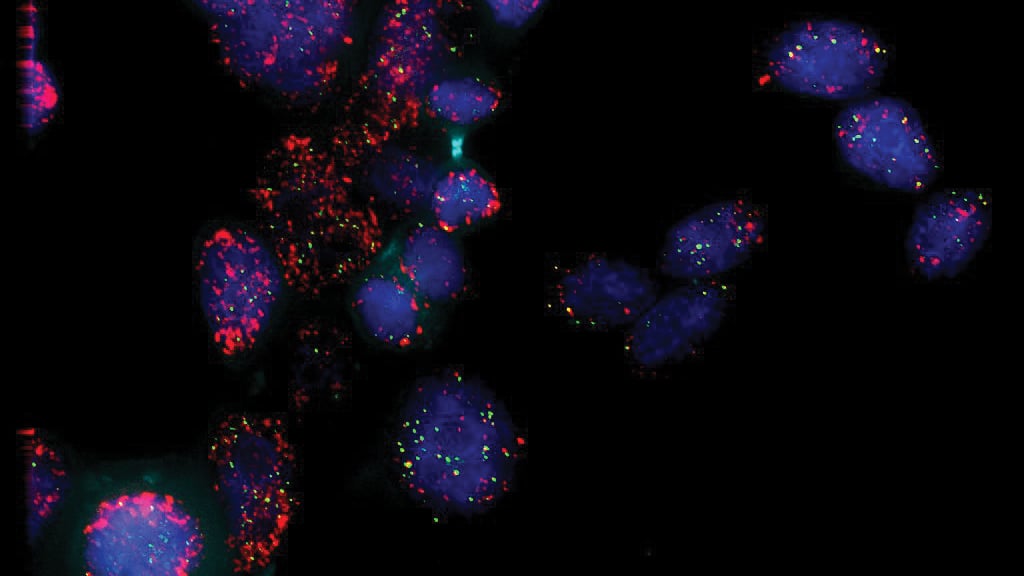Conducted by researchers from Huazhong Agricultural University and the Tibet Academy of Agricultural and Animal Husbandry Sciences, this study (DOI: 10.1093/hr/uhad241) was published on November 10, 2023, in Horticulture Research. It delivers the most comprehensive assembly of the P. ludlowii genome to date, highlighting how chromosomal shifts, transposable elements, and DNA methylation have driven the evolution of species. The findings offer key insights into tree peony genetics and its potential for future breeding innovations.
The study revealed that P. ludlowii has undergone significant genomic changes, including frequent chromosome reductions and centromere rearrangements. These changes, along with bursts of transposable element activity, have likely enabled the species to adapt to the extreme environmental conditions of the Qinghai-Tibet Plateau. Unlike many other plant species, P. ludlowii does not show evidence of recent whole-genome duplication, pointing to a distinct evolutionary path. The analysis also uncovered key genes associated with vital traits such as oil biosynthesis and flower characteristics, which hold considerable potential for future breeding initiatives. These findings provide a clearer understanding of how the species has evolved to thrive in its harsh habitat and offer a genetic foundation for enhancing both the ornamental and agricultural value of tree peonies through targeted breeding programs.
Dr. Xiuli Zeng, one of the lead researchers, noted, “This study not only provides a high-quality genomic resource for the Tibetan wild tree peony but also opens new avenues for understanding the genetic architecture of large genomes. These findings will support breeders and conservationists in developing strategies to preserve and enhance peony species.”
The research holds significant promise for the future of tree peony breeding and conservation. The insights into genome architecture and transposable elements offer potential for precise genetic interventions that could boost traits like flower color and oil content. Moreover, this genomic resource could play a crucial role in conserving the endangered wild populations of P. ludlowii, safeguarding the species against environmental changes.
###
References
DOI
Original Source URL
https://doi.org/10.1093/hr/uhad241
Funding information
This project was supported by grants from the National Natural Science Foundation of China (No. 32270685), the Tibet Economic Forest Seedling Cultivation Project (202375), and the local Science and Technology innovation projects of the central government (XZ202301YD0037C).
About Horticulture Research
Horticulture Research is an open access journal of Nanjing Agricultural University and ranked number one in the Horticulture category of the Journal Citation Reports ™ from Clarivate, 2022. The journal is committed to publishing original research articles, reviews, perspectives, comments, correspondence articles and letters to the editor related to all major horticultural plants and disciplines, including biotechnology, breeding, cellular and molecular biology, evolution, genetics, inter-species interactions, physiology, and the origination and domestication of crops.


